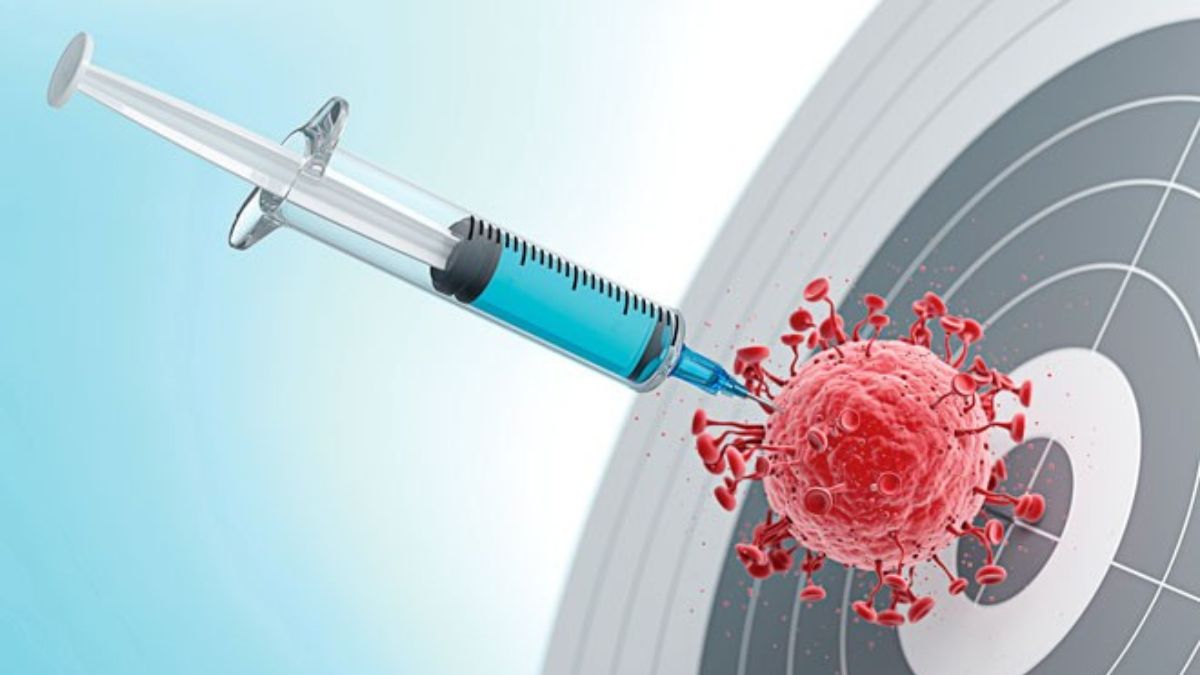What is Cryoablation? The minimally invasive procedure that is gaining importance in advanced cancer therapy

Cancer treatment is understood as involving invasive surgeries, severe side effects, and prolonged recovery. Advances in technology have led to greater precision, minimal invasion and rapid recovery.
One surgical technique- though it has been around since the mid-19th century, is cryoablation therapy. It is a technique that uses extreme cold to destroy tissue. Though initially it was used in palliative care, to reduce pain and decrease the size of tumours; it is increasingly gaining prominence as an advanced cancer therapy.
Dr. Sanjay Saran Baijal, Chairman, Radiology and Imaging at Medanta The Medicity, Gurugram, said that it was a ‘compelling alternative’.
“Ongoing research is focusing on combining cryoablation with immunotherapy to trigger stronger immune responses, an approach that could redefine cancer care in the years ahead”, he said.
Here is all you need to know about this therapy:
What is cryoablation therapy?
It is a minimally invasive medical procedure that uses liquid nitrogen or argon gas to freeze and kill abnormal cells. The process has been in use to treat skin conditions like warts and precancerous lesions of the skin for a long time. Recently, it has been deployed for cancers in the kidney, breast, liver, lung, and prostate. The procedure targets and destroys cancerous tumours by freezing and killing cancer cells.
How does it work?
A thin needle-like cryo-probe is injected into the tumour under CT, USG (ultrasound guidance) or MRI. The probe, once in place, releases a supercooled gas that freezes the desired tissue.
The very cold temperature causes water within cells to crystallize as ice, essentially breaking open the cell membrane and killing the cell. Freeze-thaw cycles are usually repeated to achieve total ablation of the tumour.
Benefits:
-Faster recovery as the surgery is less stressful physically. Patients experience less post-operative pain. Hospital stays are shorter and they can return to normal life sooner.
-Minimal scarring as the entry is via a needle.
-High precision which is crucial while treating tumours that are near crucial organs or structures like nerves or blood vessels.
-Safe for high-risk patients who may not be capable of tolerating standard surgery due to age, underlying disease, or prior treatment like radiation.
Conditions most commonly treated:
-Early-stage breast cancer particularly in women who do not want to go ahead with surgery or preserve breast appearance.
-For small renal tumours, especially for candidates who are not ideal for surgery. Cryoablation ensures good maintenance of global kidney function.
-Primary liver cancers and metastatic tumours from other organs.
-Lung cancer, specifically small lung tumours without destroying surrounding lung tissue, achieving symptom control and disease management.
-Prostate cancer
-Localised bone cancer by freezing the tumor or the involved portion of the bone.
Future Scope:
Recent studies and clinical use have shown that cryoablation is useful for both malignant and benign tumours, with low recurrence rates in carefully selected instances.
It is increasingly being researched as a therapy for small, early-stage breast cancers, and for palliation in advanced cancer patients, for relief from pain or other symptoms. In India, the technology is catching on, particularly in top oncology centers and interventional radiology departments.
Health